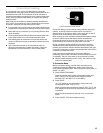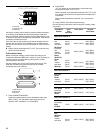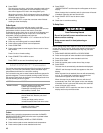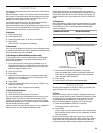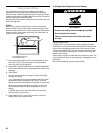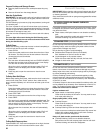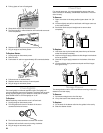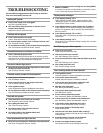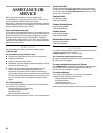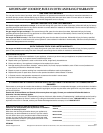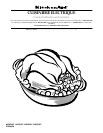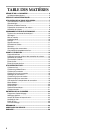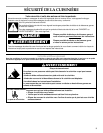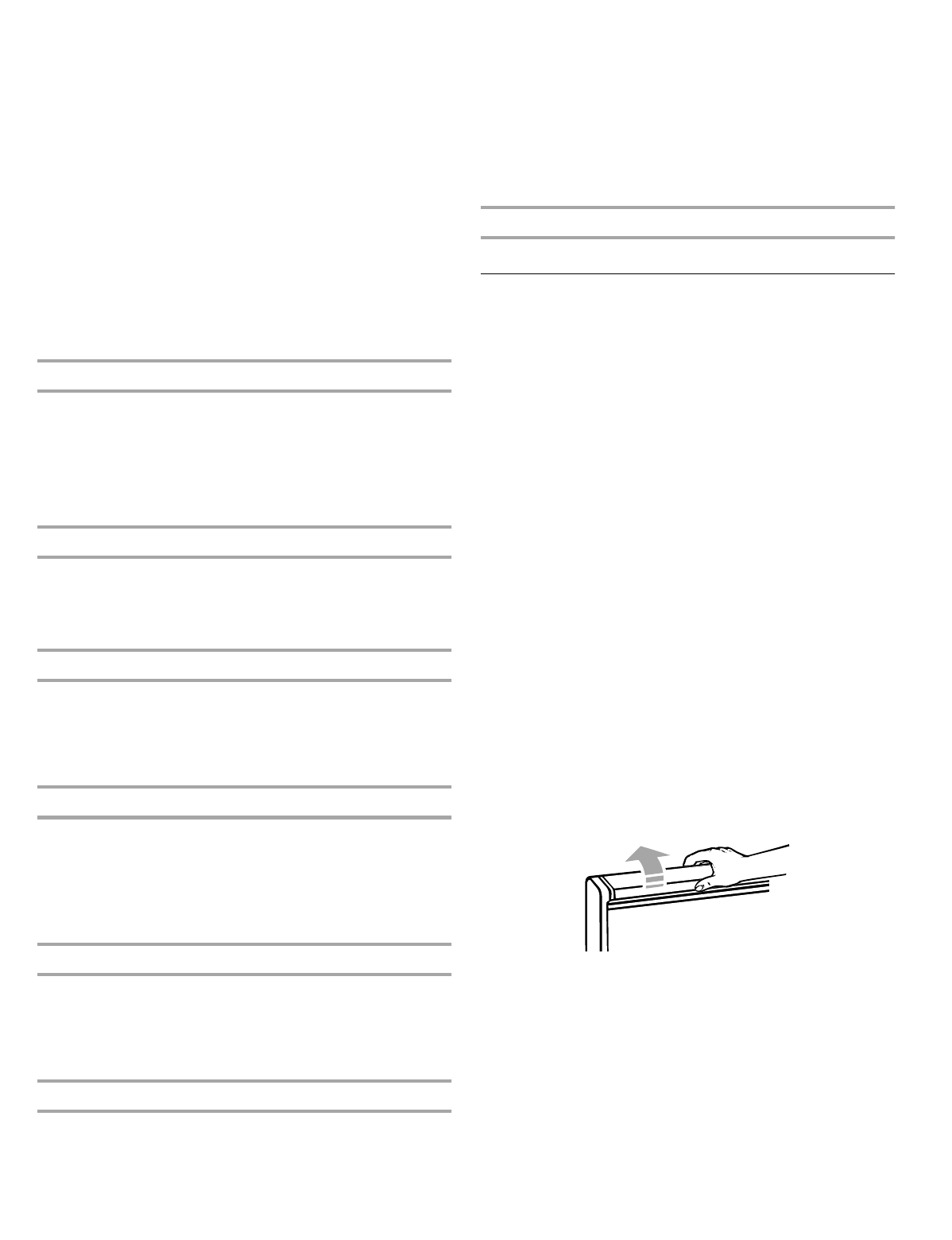
23
Burned-on soil
■ Cooktop Polishing Creme and Cooktop Scraper:
Rub creme into soil with damp paper towel. Hold scraper as
flat as possible on surface and scrape. Repeat for stubborn
spots. Polish entire cooktop with creme and paper towel.
Metal marks from aluminum and copper
■ Cooktop Polishing Creme:
Clean as soon as cooktop has cooled down. Rub creme into
surface with a damp paper towel or soft cloth. Continue
rubbing until white film disappears. The marks will not totally
disappear but after many cleanings become less noticeable.
Tiny scratches and abrasions
■ Cooktop Polishing Creme:
Rub creme into surface with a damp paper towel or soft
cloth. Continue rubbing until white film disappears. Scratches
and abrasions do not affect cooking performance and after
many cleanings become less noticeable.
COOKTOP CONTROLS
Do not use steel wool, abrasive cleansers or oven cleaner.
Do not soak knobs.
When replacing knobs, make sure knobs are in the OFF position.
On some models, do not remove seals under knobs.
■ Soap and water or dishwasher:
Pull knobs straight away from control panel to remove.
OVEN DOOR EXTERIOR
■ Glass cleaner and paper towels or non-abrasive plastic
scrubbing pad:
Apply glass cleaner to soft cloth or sponge, not directly on
panel.
CONTROL PANEL
Do not use abrasive cleaners, steel-wool pads, gritty wash cloths
or some paper towels. Damage may occur.
■ Glass cleaner and soft cloth or sponge:
Apply glass cleaner to soft cloth or sponge, not directly on
panel.
OVEN CAVITY
Do not use oven cleaners.
Food spills should be cleaned when oven cools. At high
temperatures, foods react with porcelain and staining, etching,
pitting or faint white spots can result.
■ Self-Cleaning cycle:
See “Self-Cleaning Cycle” first.
OVEN AND ROASTING RACKS
■ Self-Cleaning cycle:
See “Self-Cleaning Cycle” first. Racks will discolor and
become harder to slide. After cleaning, a light coating of
vegetable oil applied to the rack guides will help them slide.
■ Steel wool pad
BROILER PAN AND GRID
Do not clean in the Self-Cleaning cycle.
■ Mildly abrasive cleanser:
Scrub with wet scouring pad.
■ Solution of ¹₂ cup (125 mL) ammonia to 1 gallon (3.75 L)
water:
Soak for 20 minutes, then scrub with scouring or steel wool
pad.
■ Oven cleaner:
Follow product label instructions.
Porcelain enamel only, not chrome
■ Dishwasher
TEMPERATURE PROBE
■ Plastic scouring pad
Surface and Night Light
(on some models)
SURFACE LIGHT
The cooktop light is a 20-watt cool-white fluorescent tube, and
has two replaceable parts. The starter is a knob-shaped part
located on the right side of the backguard, under the light bulb.
Before replacing, make sure the range is off and cool.
The cooktop light is located in the backguard. It is controlled by
the SURFACE LIGHT command pad on the control panel. The
ON pad turns the light on immediately and keeps the light on until
OFF is pressed.
To Use:
1. Press SURFACE LIGHT/ON to turn on cooktop light.
2. Press SURFACE LIGHT/OFF to turn off cooktop light.
NIGHT LIGHT
The NIGHT light is located in the backguard. The NIGHT
command pad will turn on the SURFACE LIGHT automatically
when the light in the room is low enough to require a night light.
When the night light is turned on, it will dim all lights appearing on
the display.
To Use:
1. Press SURFACE LIGHT/NIGHT to turn on.
“NIGHT LIGHT” will show on the display.
2. Press SURFACE LIGHT/NIGHT to turn off.
To Replace Light:
1. Unplug range or disconnect power.
2. Flip up the top of the backguard.



